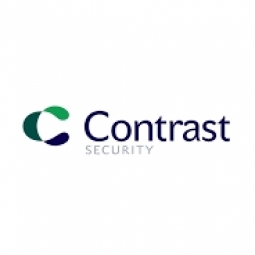Download PDF

Contrast Security
Overview
HQ Location
United States
Year Founded
2014
Company Type
Private
Revenue
$10-100m
Employees
201 - 1,000
Website
Twitter Handle
Company Description
Contrast Security is the world’s leading provider of security technology that enables software applications to protect themselves against cyberattacks. More accurate and effective than outdated legacy security measures, Contrast Security is a completely new approach to application security – the world's first comprehensive platform for protecting enterprise applications from within.
IoT Snapshot
Contrast Security is a provider of Industrial IoT platform as a service (paas), and cybersecurity and privacy technologies, and also active in the equipment and machinery, and national security and defense industries.
Technologies
Use Cases
Functional Areas
Industries
Services
Technology Stack
Contrast Security’s Technology Stack maps Contrast Security’s participation in the platform as a service (paas), and cybersecurity and privacy IoT Technology stack.
-
Devices Layer
-
Edge Layer
-
Cloud Layer
-
Application Layer
-
Supporting Technologies
Technological Capability:
None
Minor
Moderate
Strong
Case Studies.
Case Study
Unit4 Enhances DevOps and Reduces False Positives with Contrast Application Security Platform
In 2014, Unit4, a provider of next-generation enterprise solutions, embarked on a large-scale digital transformation. The company aimed to adopt the DevOps methodology, consolidate various software solutions developed for different markets, streamline application security and quality control efforts, and transition to a cloud-based delivery model for all its products. A centralized quality assurance group was formed to ensure a consistently high level of quality across the entire portfolio. However, each product operated in a silo with its own development and quality assurance functions, using different methodologies and tools. Application security was part of this piecemeal approach. The company had a group of security experts implementing the main security layers at the core-level technical platform level. However, the process was manual and required a lot of customization, which was not sustainable for the company's digital transformation.





